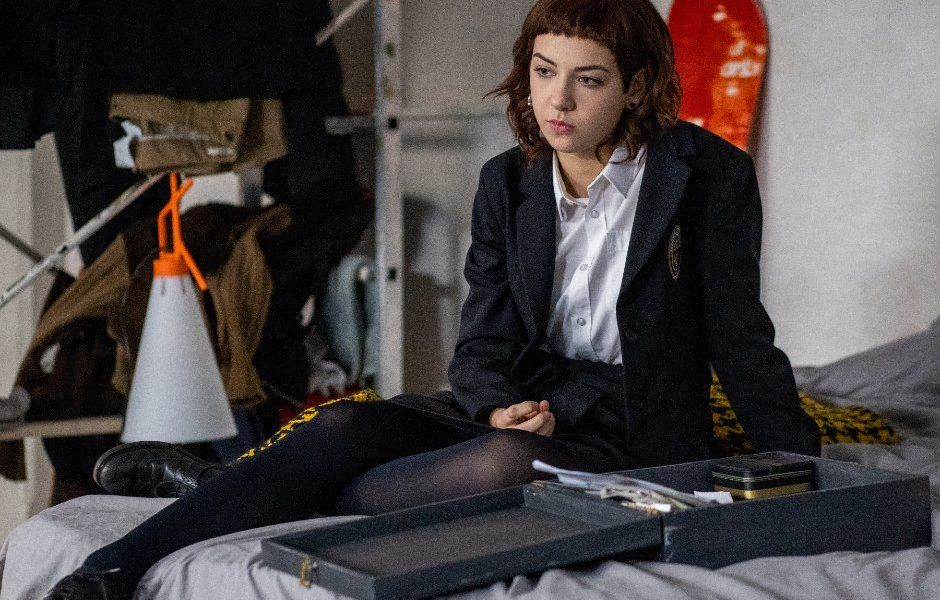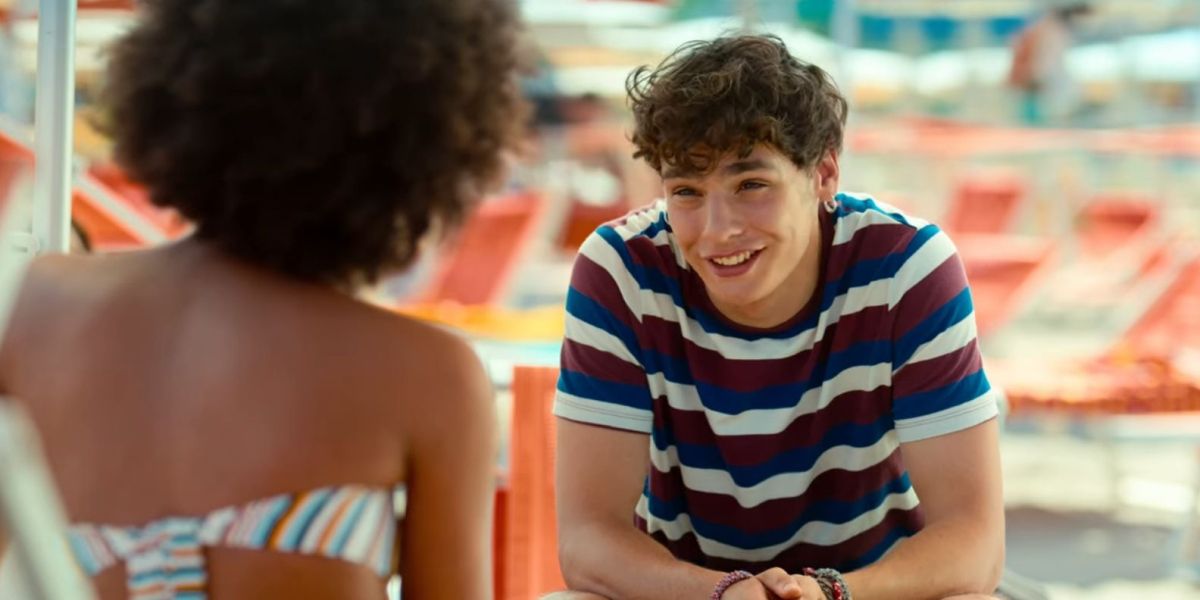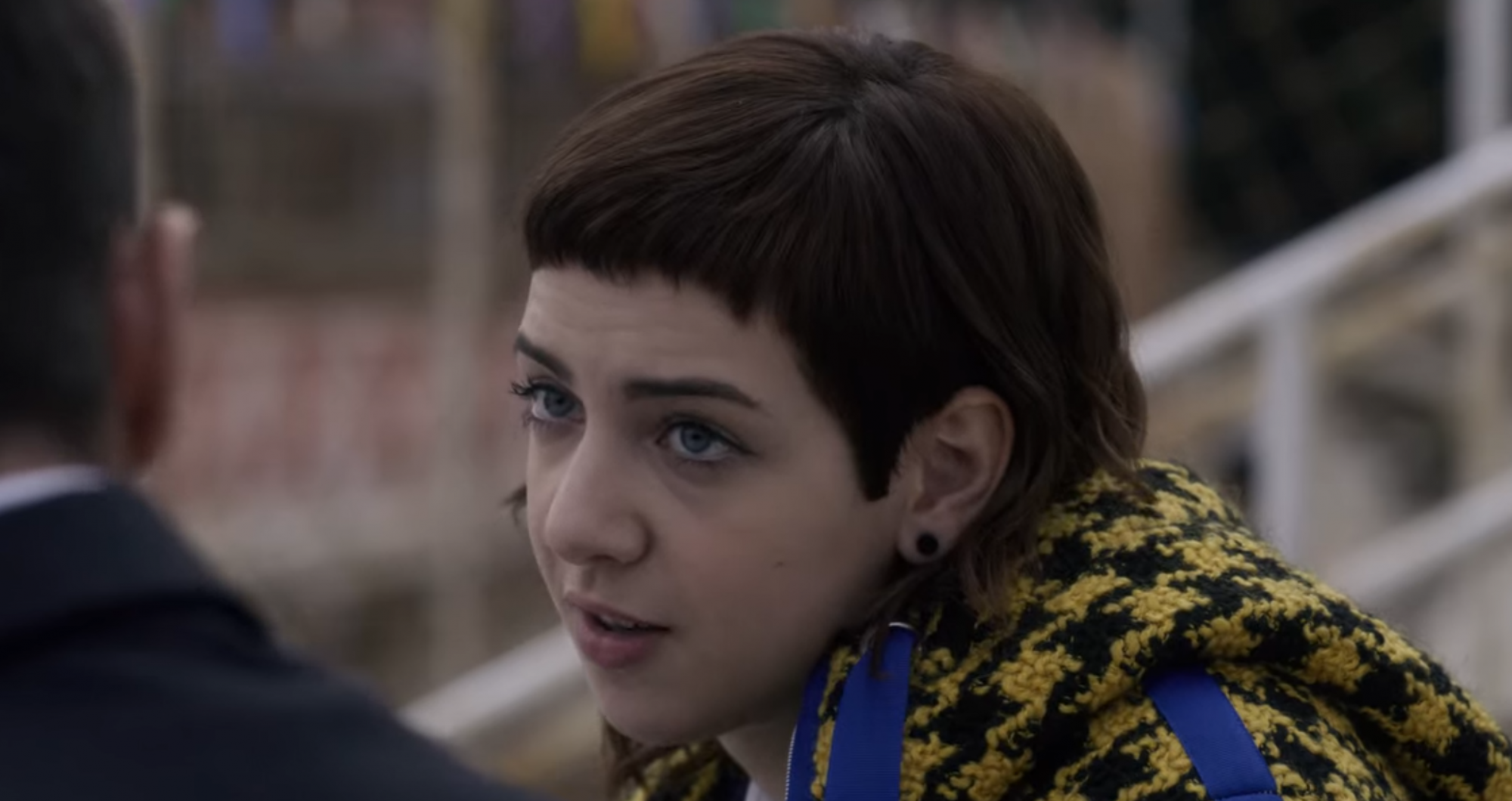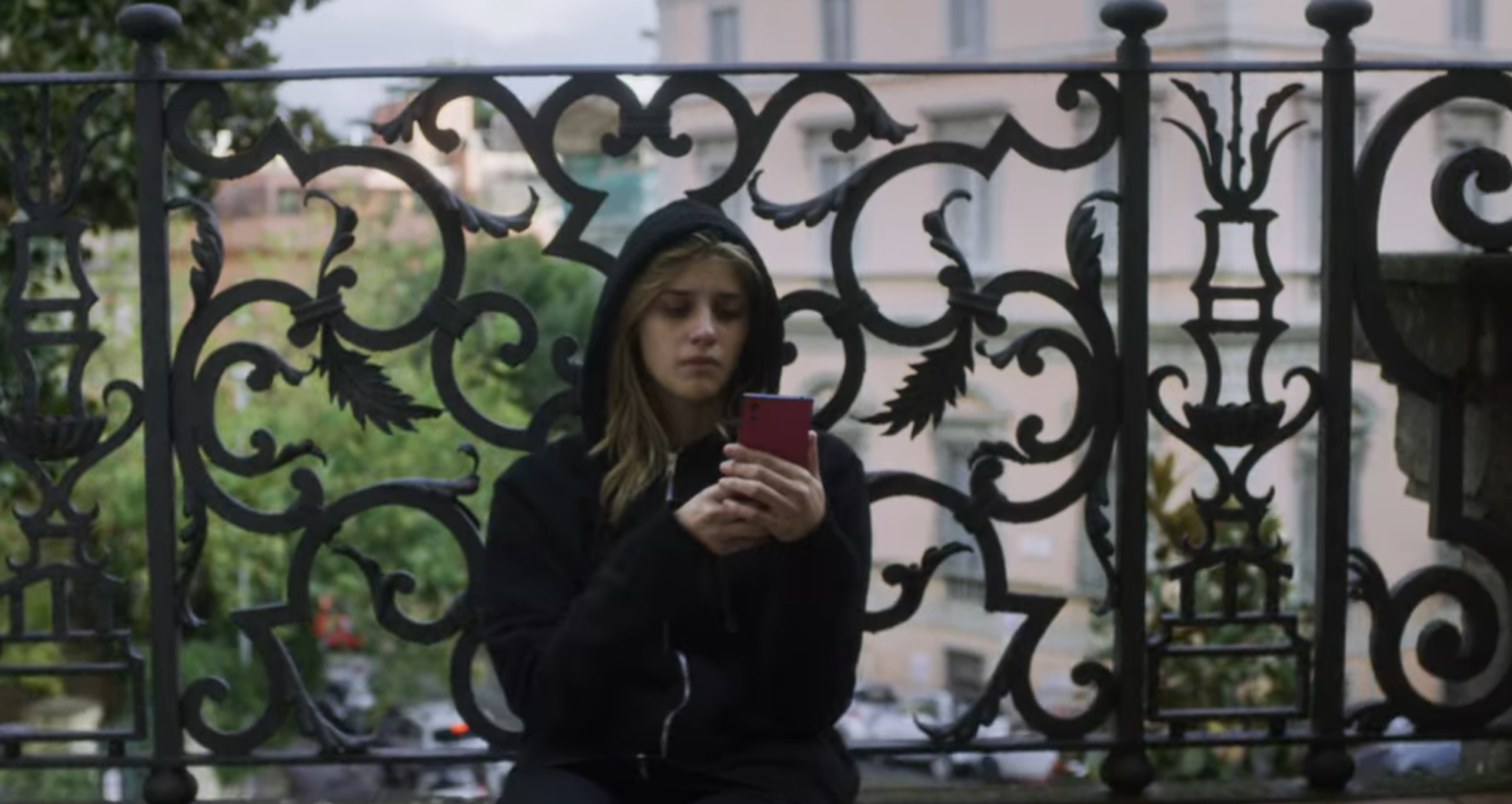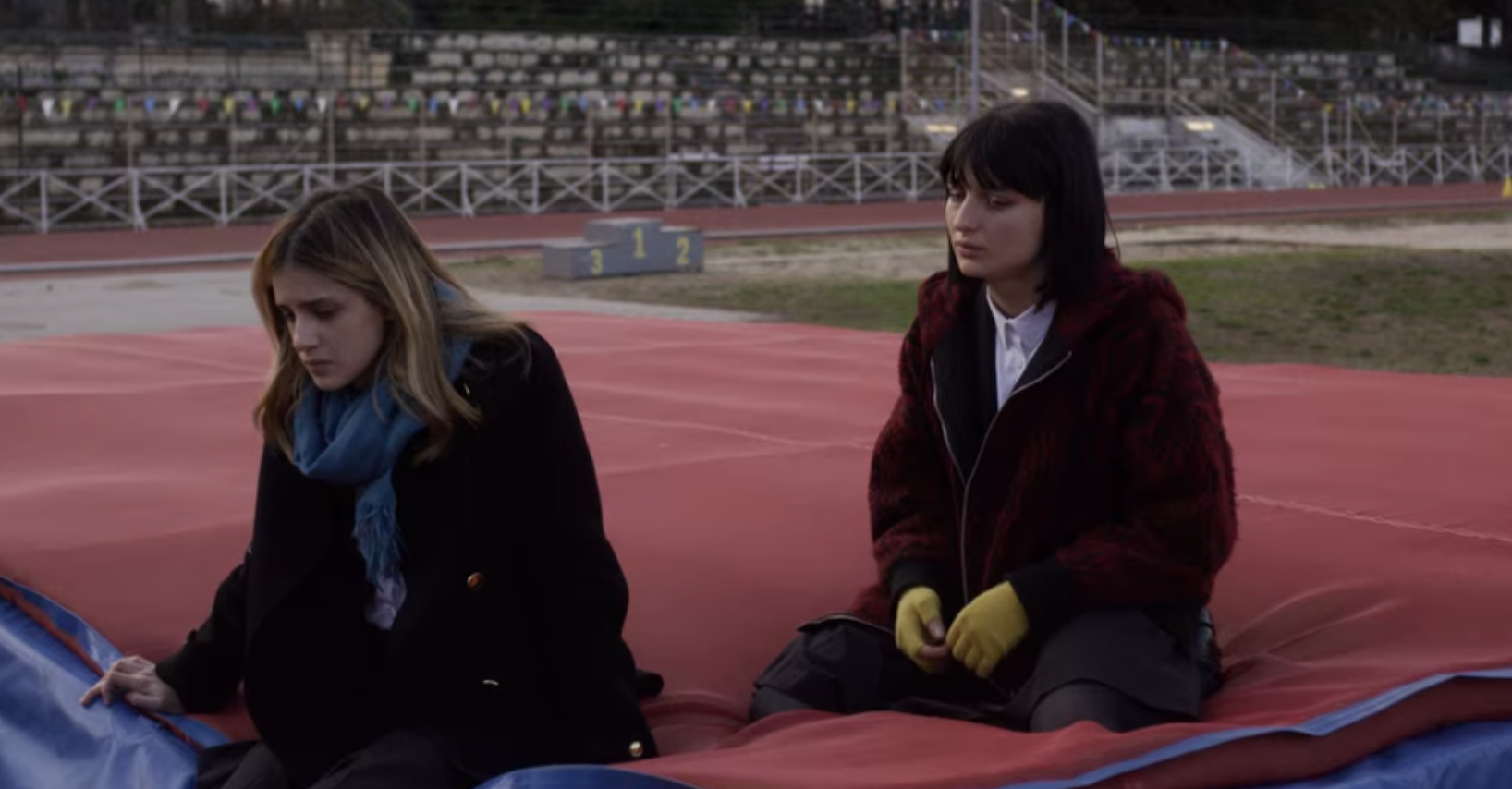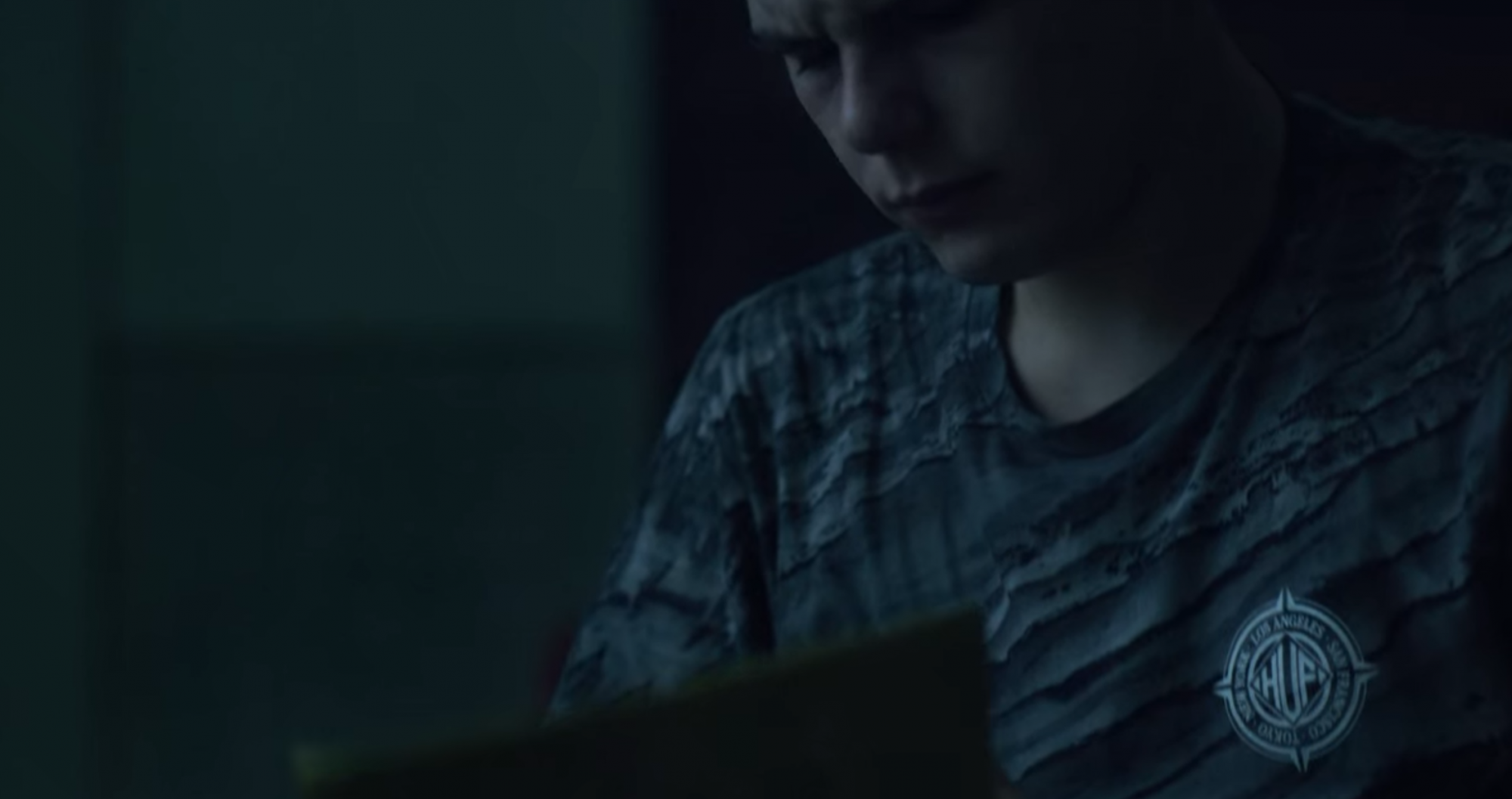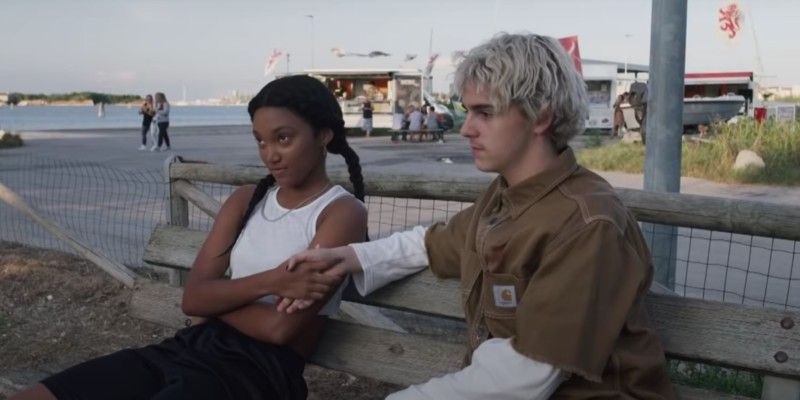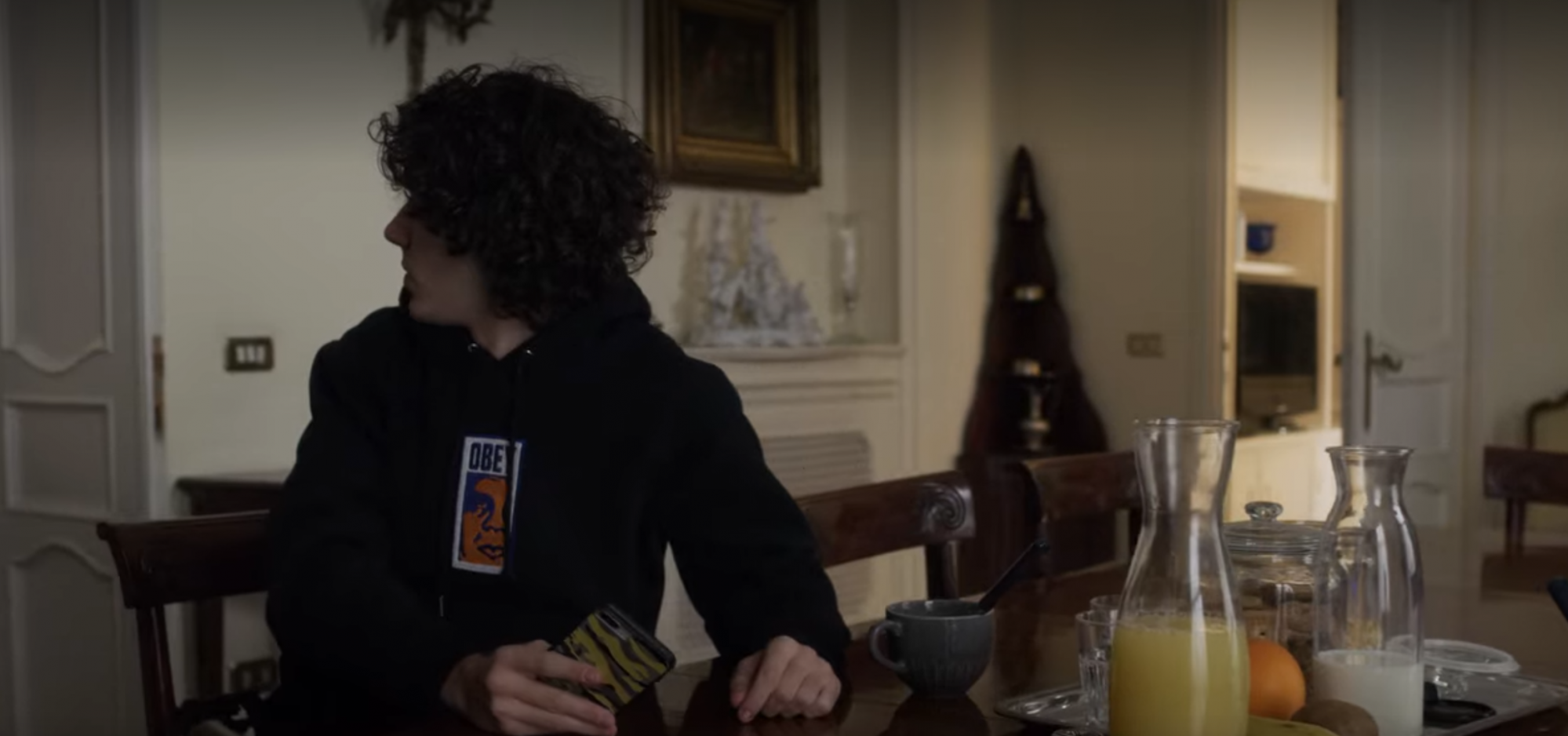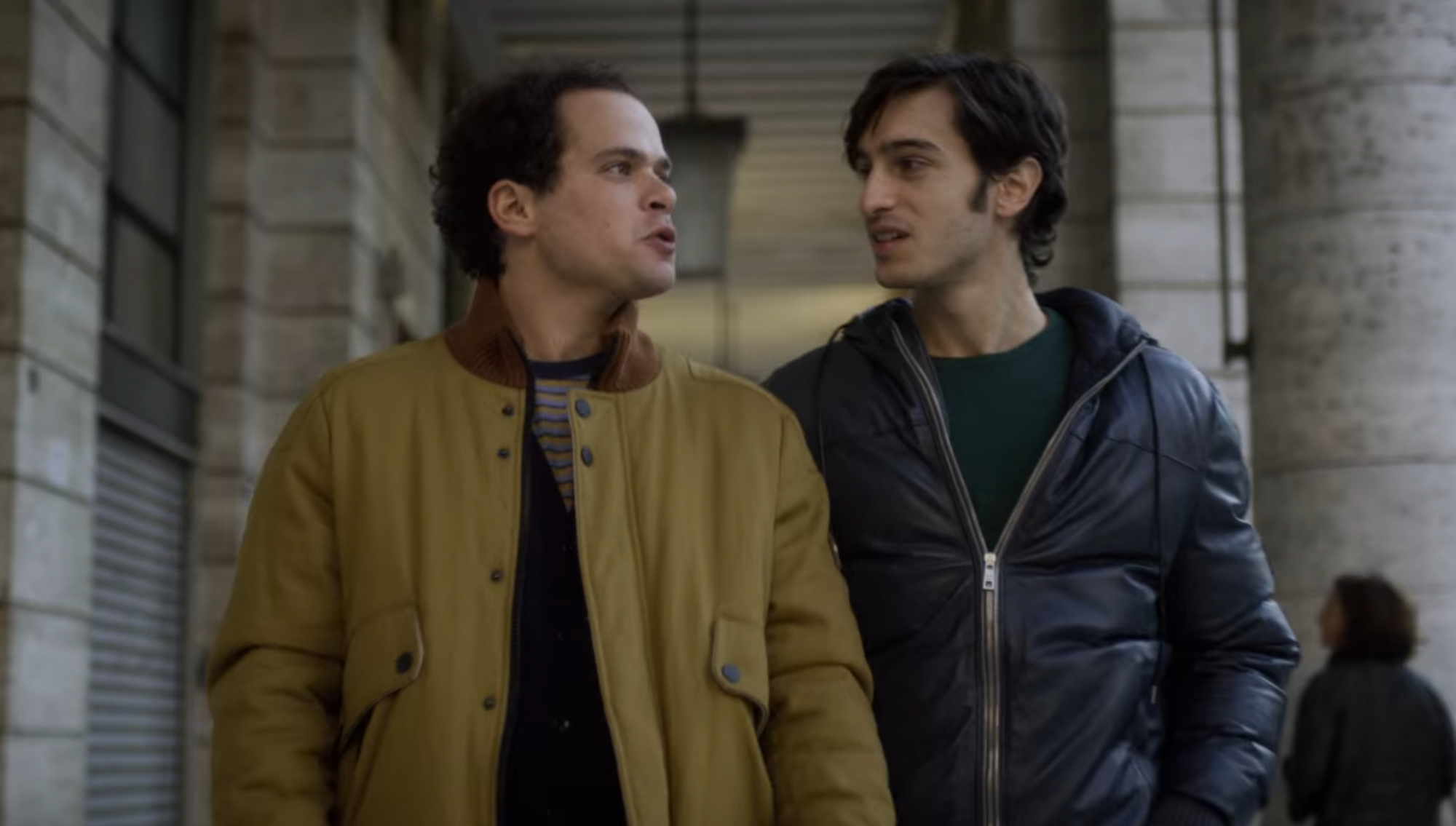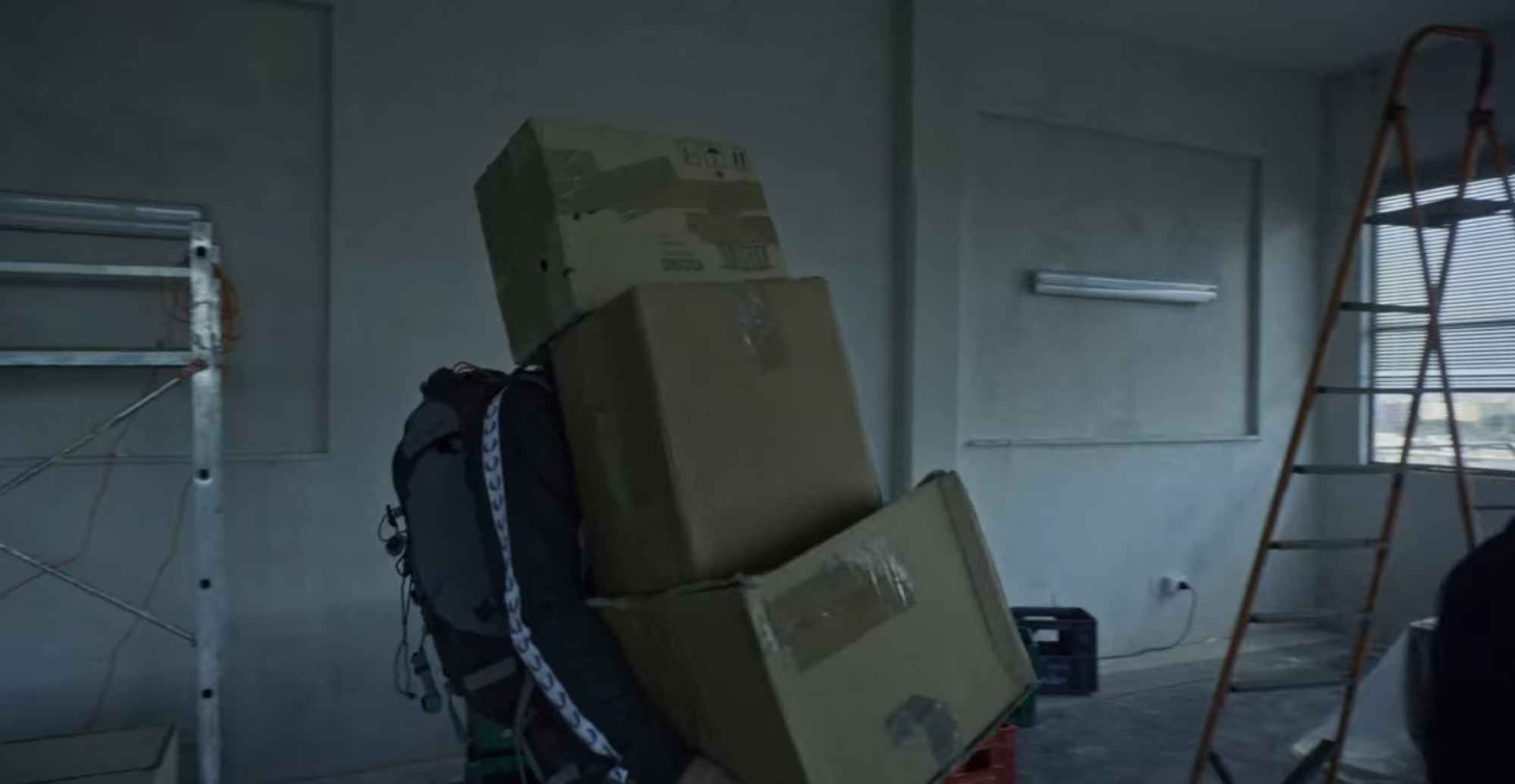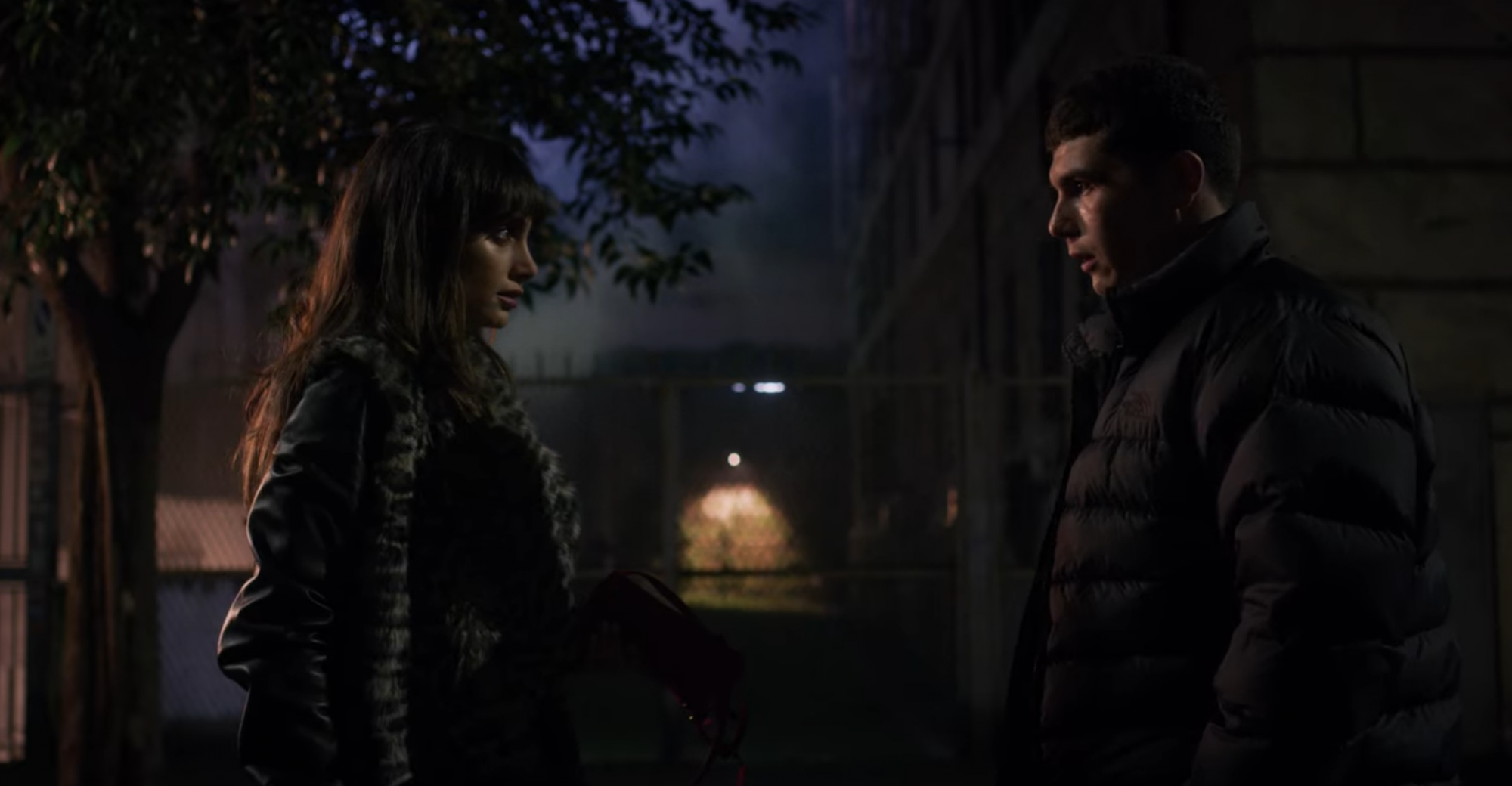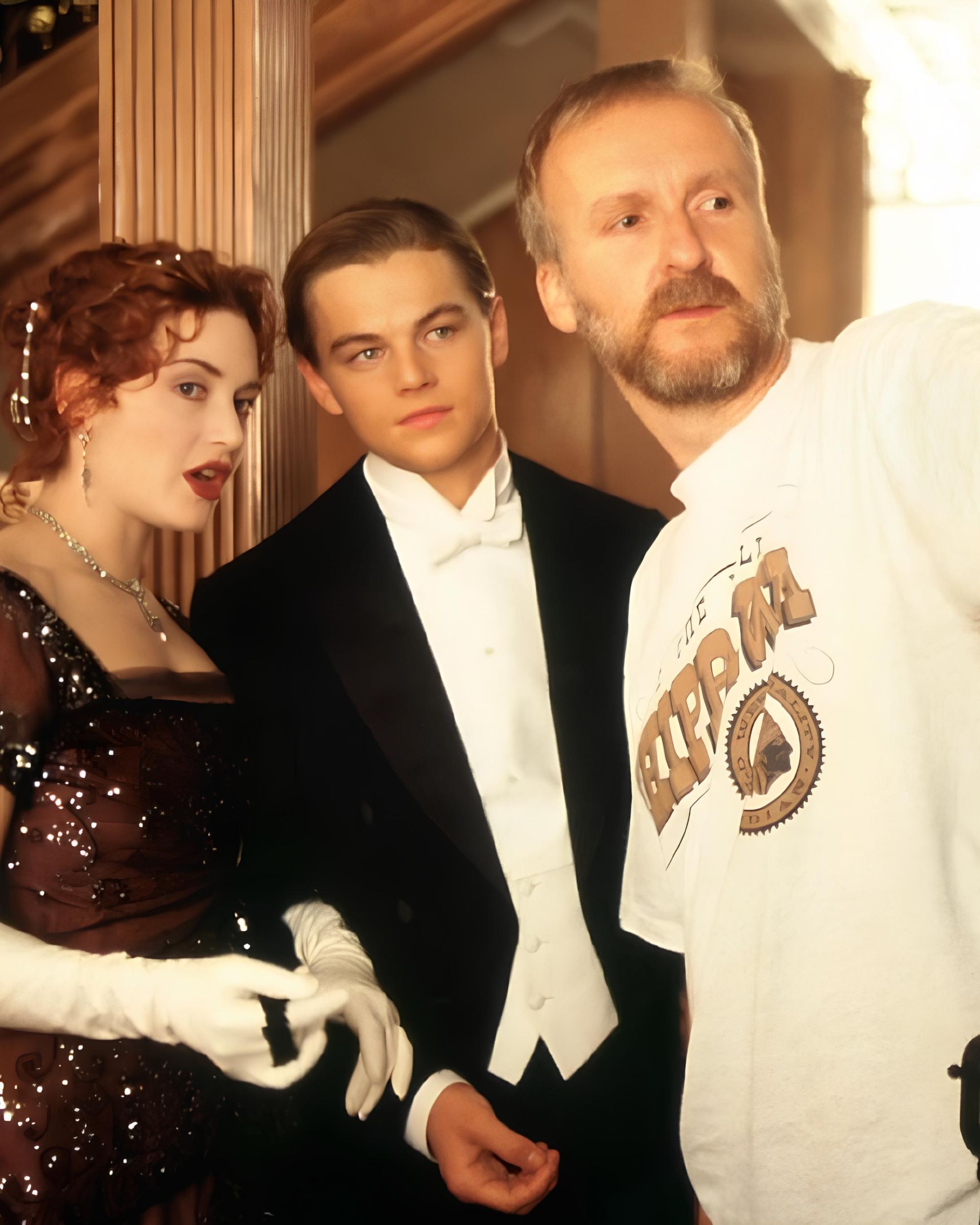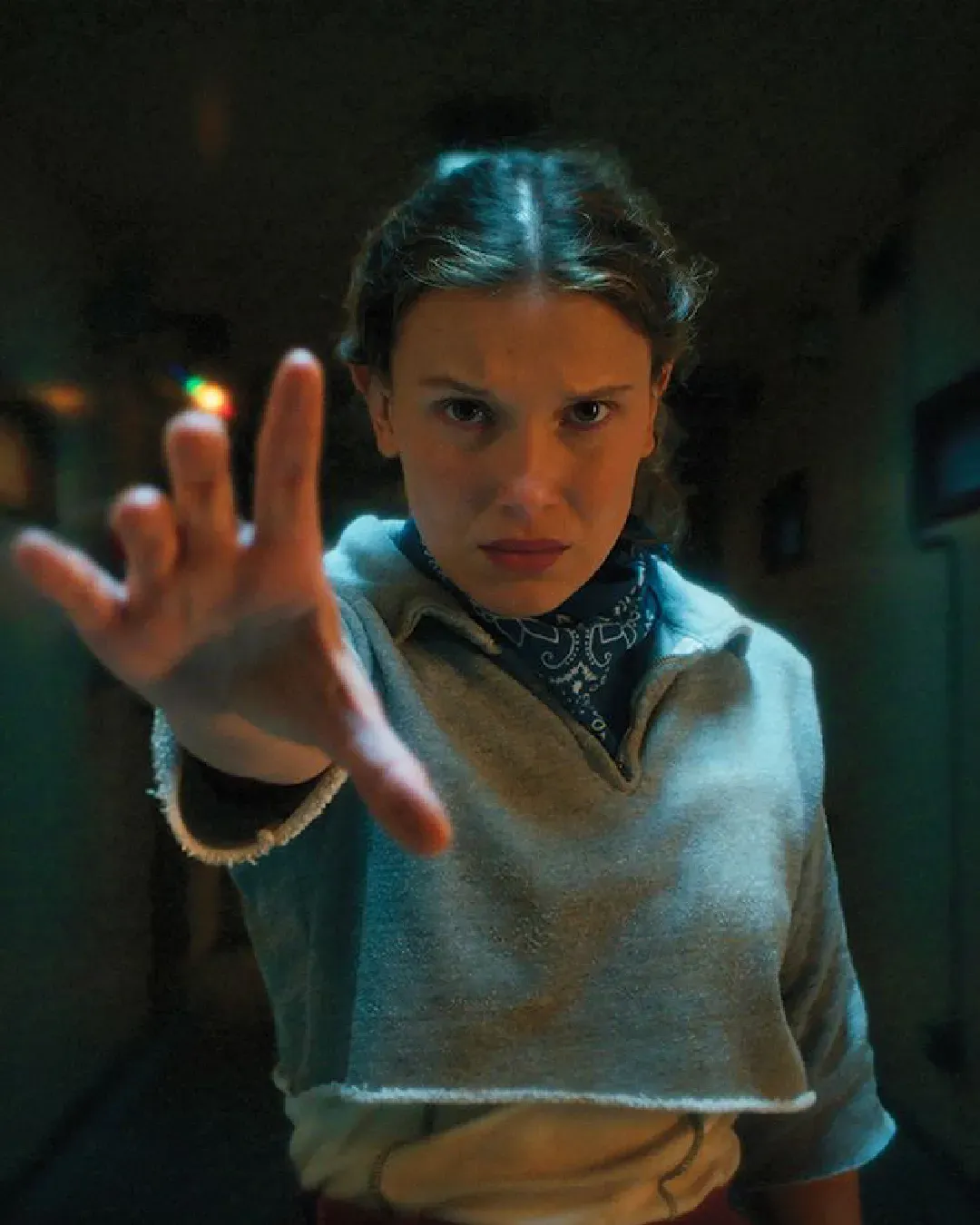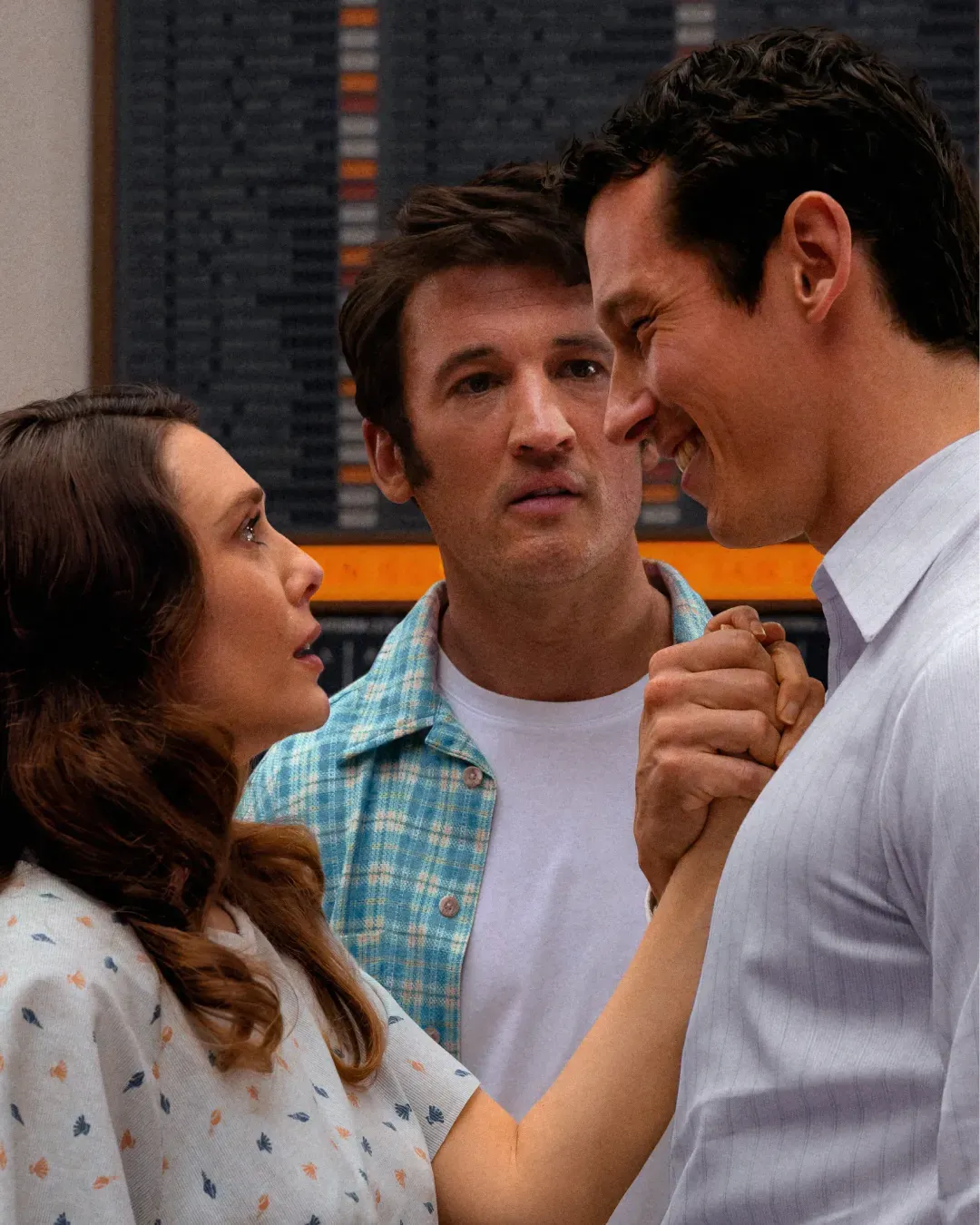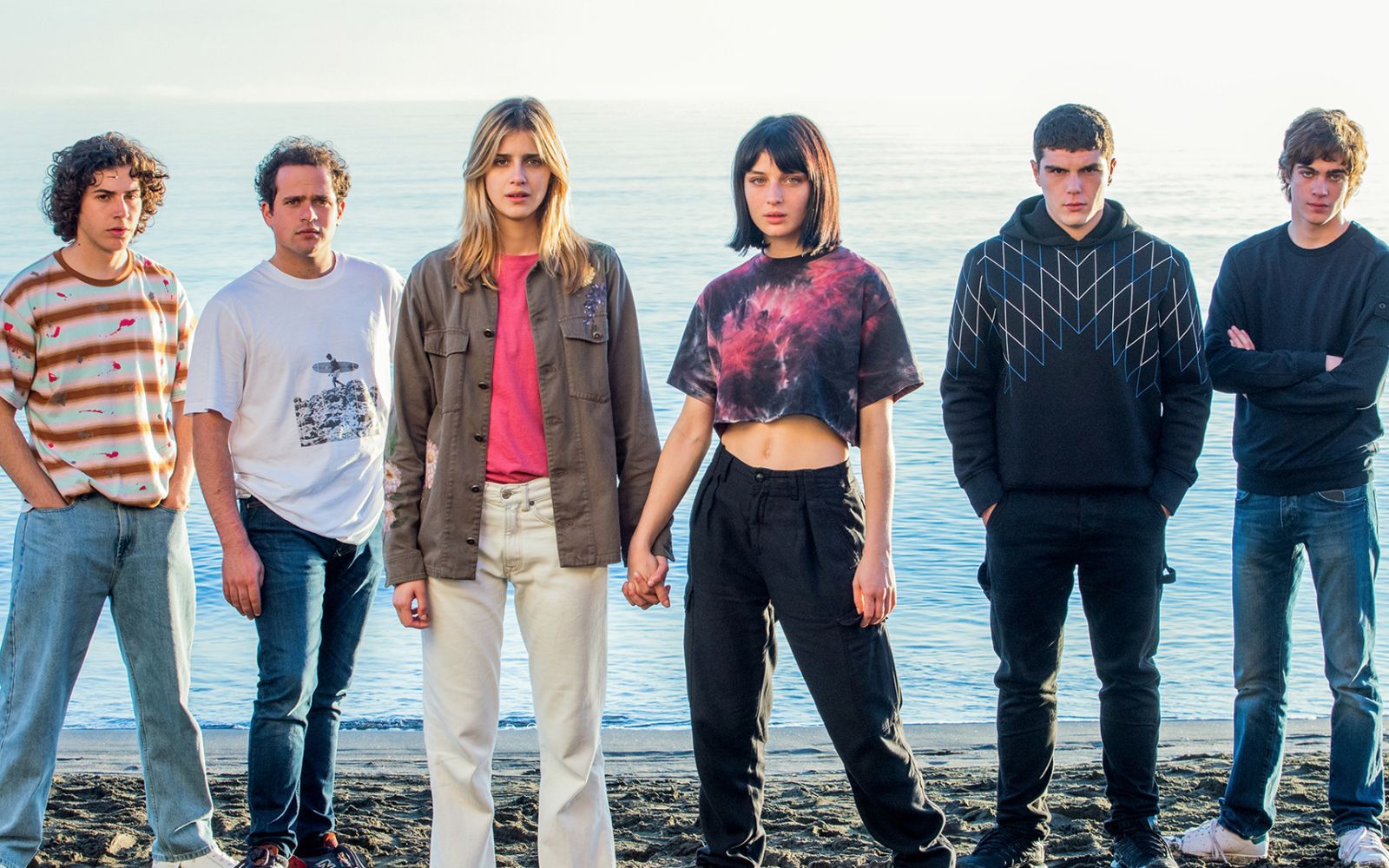
The fashion inside Baby How the Netflix series tried to tell the stylistic life of Roman youth
Telling about Rome has always been one of the greatest desires of Italian cinema and TV, constantly looking for the best way to portray that microcosm that is as different as it is always the same. Baby, the Netflix series which has recently reached its third and final season, has represented in many ways a watershed not only for the representation of Rome and its citizens, but above all for that of young Romans and their set of stylistic vices and virtues.
If the teenagers of the Italian TV series have always seemed light years away from reality, Ludovica, Chiara, Brando and the rest of the characters of the series seem in many ways perfect extracts of the young Roman society, that mix of refined fashion and wrinkled clothes taken from basket of dirty clothes, the style of those who do not want to appear because they are. A different speech should be made for the two female protagonists played by Alice Pagani and Benedetta Porcaroli, both linked to two important fashion brands (Armani and Gucci) and therefore always far from the aesthetic canons of many of the other characters, always perfect in their outfits imperfect but clearly studied by someone who is not a Roman teenager.
If the teenagers of the Italian TV series have always seemed light years away from reality, Ludovica, Chiara, Brando and the rest of the characters of the series seem in many ways perfect extracts of the young Roman society, that mix of refined fashion and wrinkled clothes taken from basket of dirty clothes, the style of those who do not want to appear because they are. A different speech should be made for the two female protagonists played by Alice Pagani and Benedetta Porcaroli, both linked to two important fashion brands (Armani and Gucci) and therefore always far from the aesthetic canons of many of the other characters, always perfect in their outfits imperfect but clearly studied by someone who is not a Roman teenager.
The real point of contact between Ludovica and Chiara's style with that of the rest of the cast, however, is the way in which this is used to characterize and represent each individual character in a credible way, combining cuts and styles based on character and disposition. of the young man on duty. If the two stars of the series look like two aliens, Riccardo Mandolini's Damiano often adopts a style already seen in the past in another Netflix series, Suburra. Like Giacomo Ferrara's Spadino, the character of Baby also chooses Burlon-style prints on sweatshirts and jackets, alternating them with The North Face bomber jacket and the Huf tie-dye shirt. So we immediately understand that Damiano is the dark and dangerous character, just like Brando Pacitto's Fabio expressing his "good boy" character with a series of Fred Perry garments, sweaters and jackets that you might find in a Doppelgänger shop window. Compared to many competitors, Baby is not afraid to label its protagonists through defined brands and styling, often inserting iconic and easily recognizable models without logos, such as the County of Milan jacket by Fiore or the Stella Mccartney bag by Ophelia. In some cases, however, this trend of the series turns into an overly stereotyped characterization in which the character belonging to a social environment wears a uniform, as in the case of Anna Lou Castoldi and her Aurora.
However, they are huge steps forward compared to what is seen in another Netflix product like Summertime, in which anonymity marked sovereign, or SKAM. However, what seems to continue to be lacking in our productions is the ability to align with the styles and trends of young people, remaining good in theory but less in practice. An obligatory comparison is the one with We Are Who We Are, the series directed by Luca Guadagnino co-produced by HBO and Sky Italia on air these days; a cross-section of a group of young Americans in an Italian military base where the search for stylistic credibility becomes a strong point of the series, able to dress its protagonists with animal prints, Carhartt workwear and simple vintage pieces giving credibility and appeal to the characters.
The step forward marked by Baby is one of the epochal ones for Italian productions, always in difficulty in telling youthful insights that have not come from the imagination of a worried parent. However, it becomes necessary in the present moment, in which film and television productions around the world have become a means of communication for Gen Z, to create credible platforms to tell the lives and difficulties of young people. Romans and not.











































